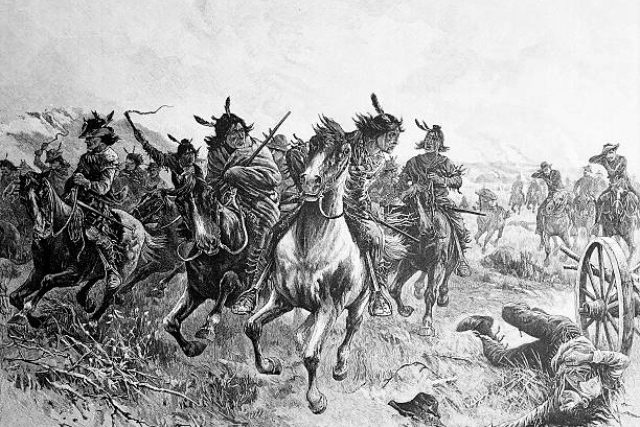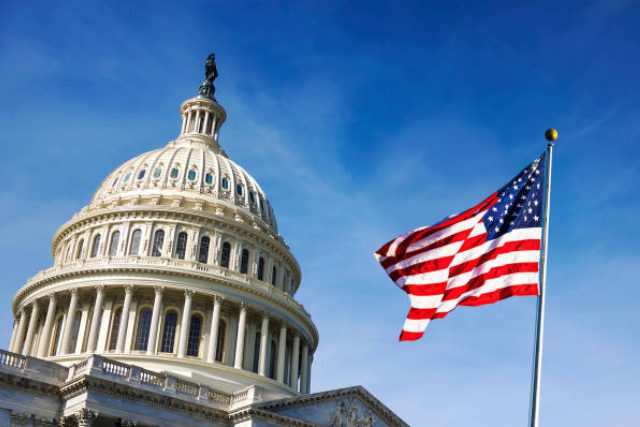What is the Religion of Native American? Rich Traditions & Ongoing Struggle

Freedom of religion is a right we hold dear in America. It means being able to practice your faith freely, without fear of judgment or persecution. But for Native Americans, this hasn’t always been the case. Their rich and diverse religious traditions, centered around the belief in a Great Creator or many gods, have faced a long history of struggle and suppression. Let’s embark on a journey to understand these fascinating belief systems, the challenges they’ve faced, and the ongoing fight for their respect.
What is the Religion of Native American: A Look at Native American Spirituality

Unlike a single, unified religion, Native American spirituality encompasses a vast array of belief systems practiced by the many different tribes across North America. Think of it like a beautiful tapestry, woven together from countless threads. While there are variations, many Native American traditions share some common themes:
- A Great Creator: Many tribes believe in a powerful force that created the universe and everything in it. This creator might be seen as a single deity or a collection of spirits.
- Nature’s Embrace: Native American religions have a deep respect and connection to the natural world. The Earth is seen as a living thing, and all creatures – animals, plants, and humans – are considered interconnected.
- Sacred Places: Certain locations hold special significance in many Native American traditions. These sacred places might be mountains, rivers, lakes, or specific geographical features. They’re often seen as portals to the spirit world or places where powerful energy gathers.
A History of Struggle: When Faith Collides with Force
The arrival of Europeans in the 15th century marked the beginning of a long and difficult period for Native American religious freedom. Europeans, with their own established religions, often failed to recognize the legitimacy of Native American spiritual practices. They saw them as strange, even barbaric, rituals. This led to a period of forced assimilation, where Europeans tried to make Native Americans abandon their traditions and convert to Christianity.

This assimilation effort involved several harsh tactics:
- Forced Relocation: Native American tribes were forcibly removed from their ancestral lands and relocated to reservations. This disrupted their traditional way of life, which was deeply connected to the land.
- Family Separation: Children were taken away from their families and sent to government-run boarding schools. These schools aimed to strip away Native American culture and language, replacing them with European customs and Christianity.
- Suppression of Ceremonies: Traditional ceremonies, songs, and dances were banned. This was a direct attack on the core of many Native American religions.
Fighting for the Right to Pray: Legal Landmarks and Lasting Impacts
The late 19th century saw a particularly dark period for Native American religious freedom with the introduction of the “Code of Indian Offenses” in 1883. This law criminalized many traditional practices, including sacred dances, sweat lodges, and the use of certain medicines considered important in religious ceremonies. It was a blatant attempt to erase Native American culture and force them to adopt European ways.
Thankfully, the 20th century brought some positive changes. Commissioners like John Collier, appointed in the 1930s, began to recognize the importance of respecting Native American traditions. This shift in perspective paved the way for legal battles to secure religious freedom.
One such landmark achievement was the American Indian Religious Freedom Act (AIRFA) passed in 1978. This act acknowledged the past wrongs committed against Native American religious practices. It guaranteed access to sacred sites and objects that had been taken away from tribes. It was a significant step forward, but the fight wasn’t over.
Land, Law, and the Limits of Protection: A Battle Over Sacred Ground

The legal battle for religious freedom continued with cases like Lyng v. Northwest Indian Cemetery Protective Association in 1988. This Supreme Court case highlighted the complexities involved. The Court protected some sacred lands from development, but it also allowed construction of a road through another sacred area. This demonstrated the limitations of legal guarantees. Even with laws in place, Native American religious freedom could still be challenged.
Finding Common Ground: Peyote and the Quest for Religious Freedom
The use of peyote, a hallucinogenic cactus with spiritual significance in certain Native American traditions, became another flashpoint. Peyote is illegal for recreational use, but the Native American Church, which blends Christian and traditional practices, considers it a sacred sacrament in their ceremonies.
The Supreme Court initially denied religious exemption for peyote use by the Native American Church. This sparked outrage and led to the Religious Freedom Restoration Act (RFRA) of 1993. This act aimed to protect religious practices from being hindered by even generally valid laws. It was a victory for religious freedom, ensuring that Native American traditions wouldn’t be easily outlawed.
The Journey Continues: Progress Made, Challenges Remain
While progress has been made, challenges still persist for Native American religious communities. Here are some ongoing issues:
- Legal Battles: Legal battles over land rights and access to sacred sites continue. Development projects or environmental regulations can sometimes infringe upon these rights.
- Modern Laws and Traditional Practices: Some traditional practices, like the use of certain feathers or animal parts in ceremonies, may conflict with modern laws on endangered species or wildlife protection. Finding a balance between cultural preservation and environmental protection remains a challenge.
- Cultural Appropriation: Misappropriation of sacred symbols and rituals by non-Native individuals or businesses is a growing concern. It’s disrespectful and dilutes the meaning these practices hold for Native American communities.
Moving Forward: A Call for Understanding and Respect
As we move forward, fostering understanding and respect for Native American religions is crucial. Here’s how we can all contribute:
- Learning from the Past: Understanding the historical struggles faced by Native Americans in practicing their faith is essential. Recognizing these injustices can help us create a more just and inclusive future.
- Education: Supporting educational initiatives that accurately portray the diversity and significance of Native American religions is key. Learning resources can be incorporated into school curriculums, museums can offer culturally sensitive exhibits, and documentaries can be shared. By educating ourselves and others, we can combat stereotypes and promote appreciation.
- Interfaith Dialogue: Encouraging dialogue between different religious communities can build bridges of understanding. Religious leaders can engage in conversations to learn from each other’s practices and find common ground. This fosters respect and cooperation.
- Supporting Indigenous Communities: Supporting Native American communities through advocacy and activism can help amplify their voices and ensure their religious rights are protected. This can involve donating to organizations working on these issues or attending cultural events organized by Native American groups.
FAQs About What is the Religion of Native American
Is there just one Native American religion?
No, there isn’t just one Native American religion. North America is incredibly diverse, and so are the spiritual beliefs of its indigenous people. Many tribes have their own unique belief systems, though some common themes like reverence for nature and a creator deity can be found across traditions.
What are some challenges faced by Native American religions today?
Even though the U.S. government no longer actively suppresses these religions, challenges remain. Legal battles over land rights and access to sacred sites can still occur. Balancing cultural practices with modern laws, like those protecting endangered species, can also be complex. Additionally, cultural appropriation of sacred symbols and rituals is a growing concern.
How can I learn more about Native American religions?
There are many resources available to learn more about these rich traditions. Look for educational materials that are created in collaboration with Native American communities. Museums can offer culturally sensitive exhibits, documentaries can provide insights, and school curriculums that incorporate accurate information are all valuable resources.
How can I show respect for Native American religions?
Educating yourself is a great first step. Actively listen to the voices of Native American communities and support organizations working to protect their rights. Be mindful of cultural appropriation and avoid using sacred symbols or practices in a disrespectful way.
Conclusion
Forget a one-size-fits-all answer. Native American spirituality is a vibrant tapestry woven from countless threads, unique to each tribe across North America. While diverse, many traditions share a deep respect for nature, a belief in a Great Creator, and reverence for sacred places. This rich heritage, however, faced a long struggle against forced assimilation.
Our journey explores the fascinating world of Native American religions, the challenges they endured, and the ongoing fight for their rightful respect.





